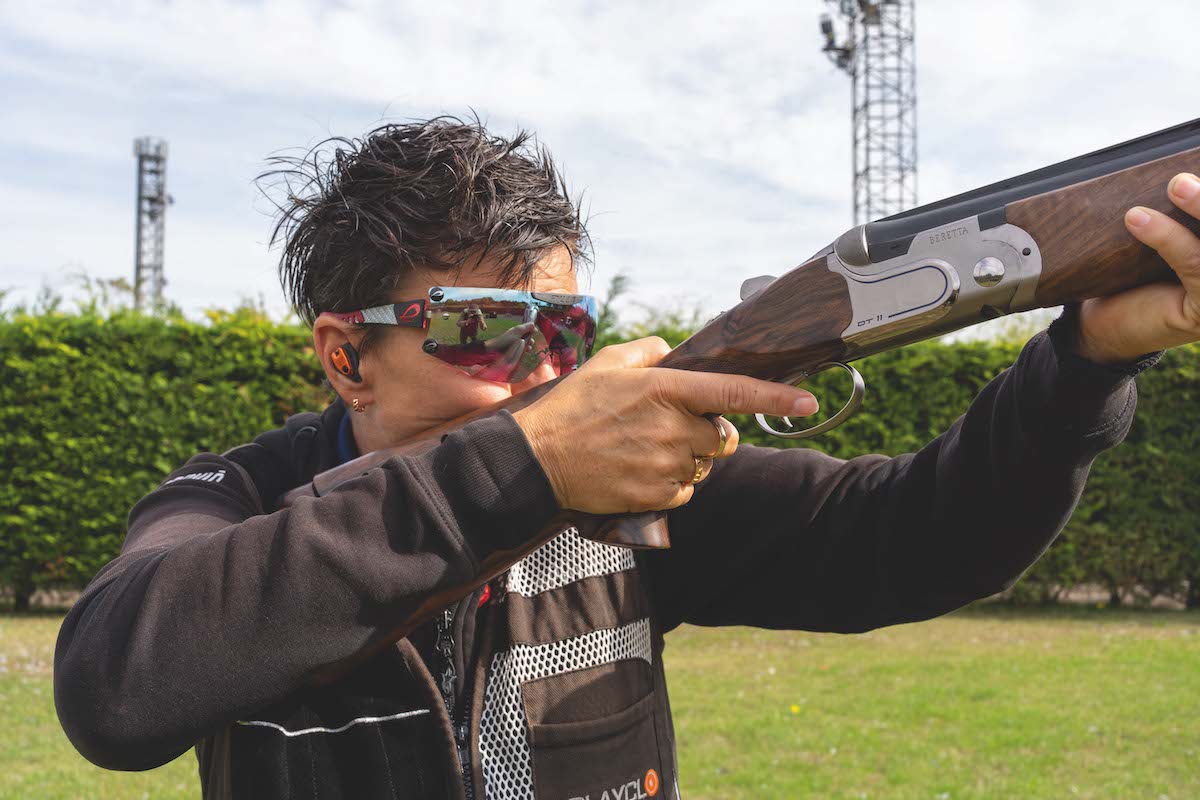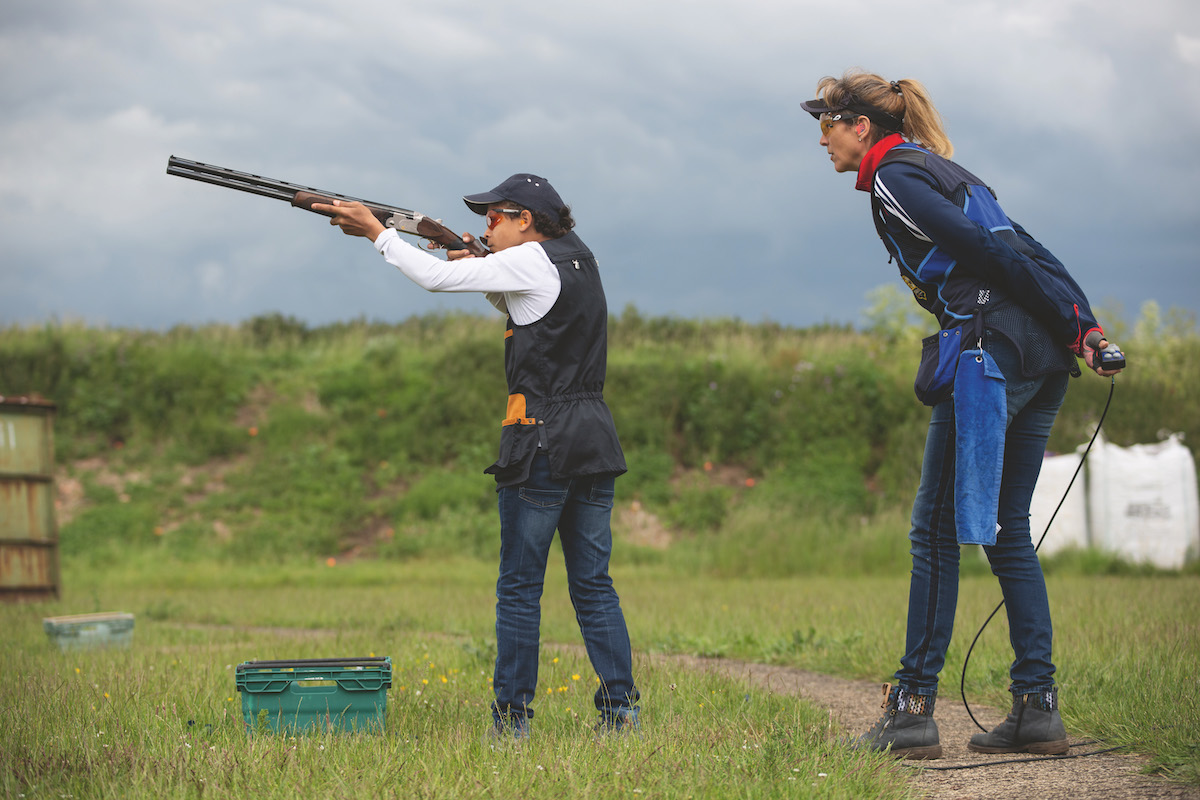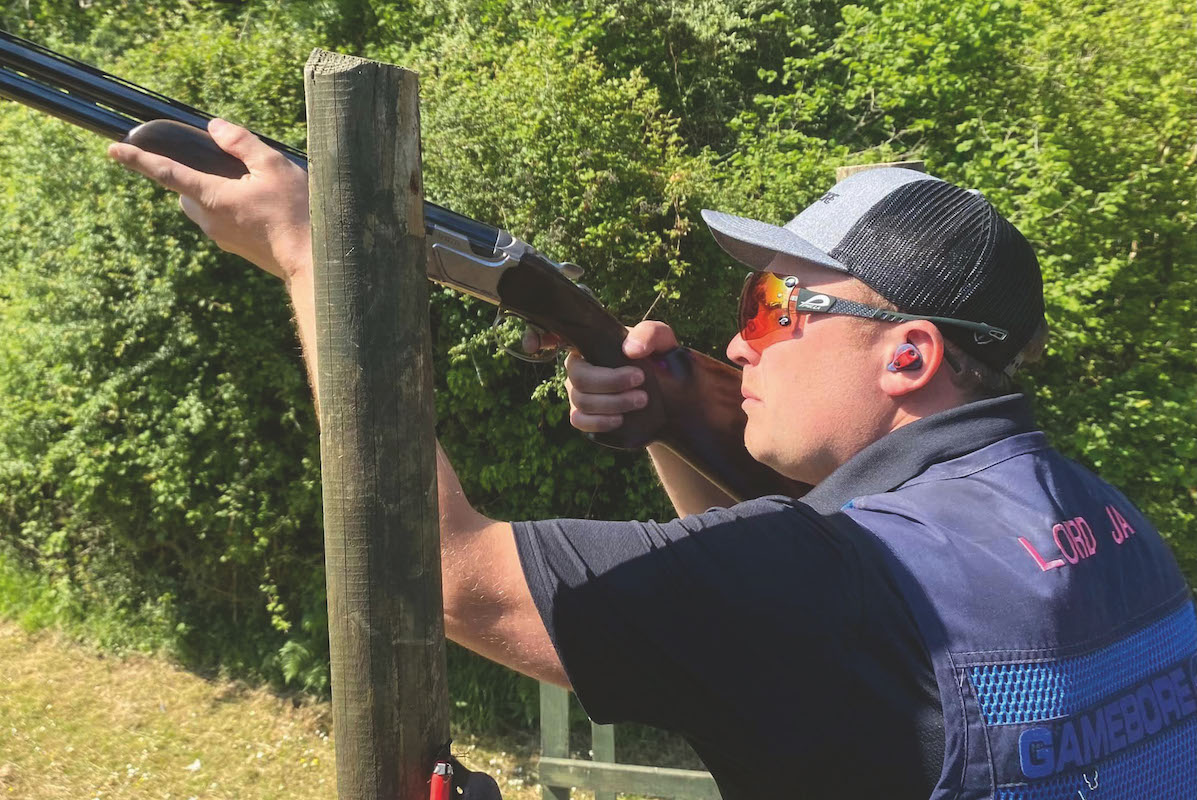Chokes for clay shooters: everything you need to know
Richard Atkins talks clay shotgun chokes
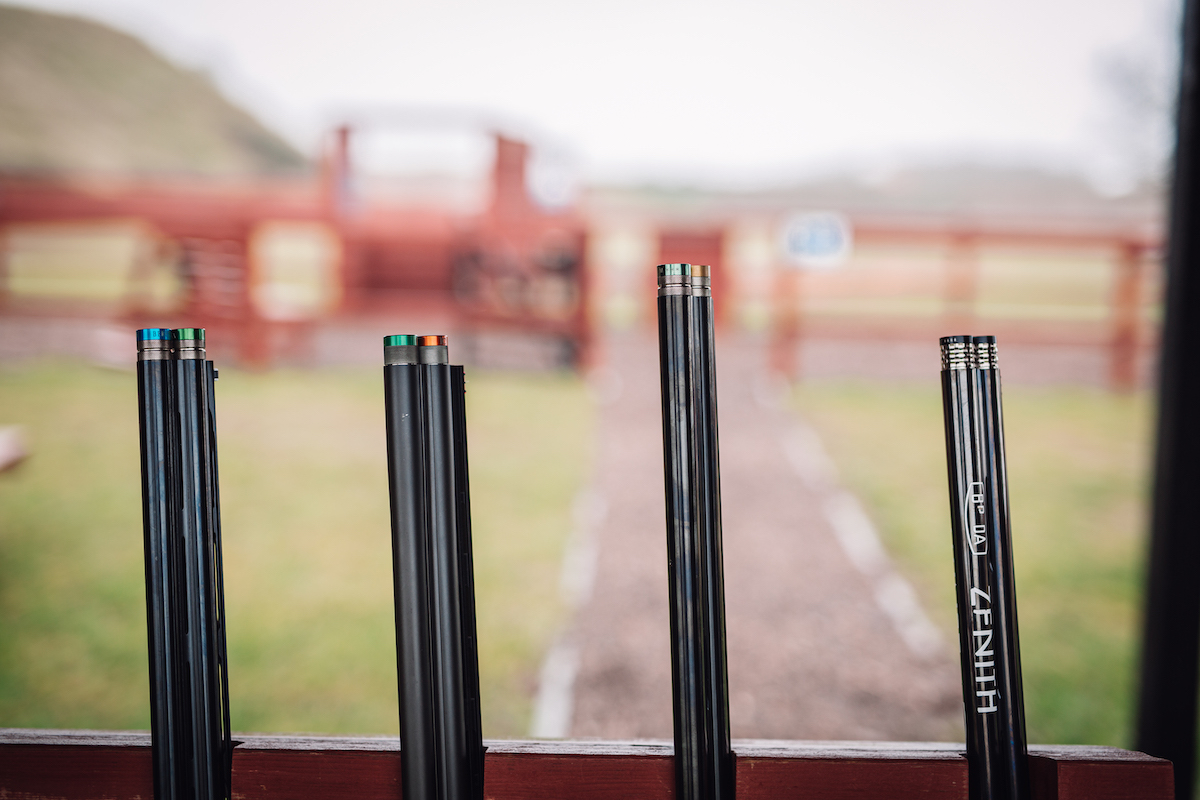
Chokes for clays
Clay shotgun chokes increase a shotgun’s effective range and versatility.
What clay shotgun chokes do
Almost all new shotguns, whether they are for clay or game, over-and-under or semi-auto (even some side-by-side guns) now come with interchangeable clay shotgun chokes as standard. A selection of chokes is usually supplied – maybe as few as three, but often as many as eight depending upon the maker and price. (Read what are the choke options for shotguns?)
How different this is to when I first got into clay shooting, when there were very few interchangeable choke guns and those available were mostly semi-automatic. Choke systems of that time tended to be bulky and so only suited single barrel guns.
Despite their shortcomings those early examples opened a new world of choice to shooters and when the Remington 1100 semi-auto began to dominate in both Skeet and Trap disciplines in the USA, shooters took notice.
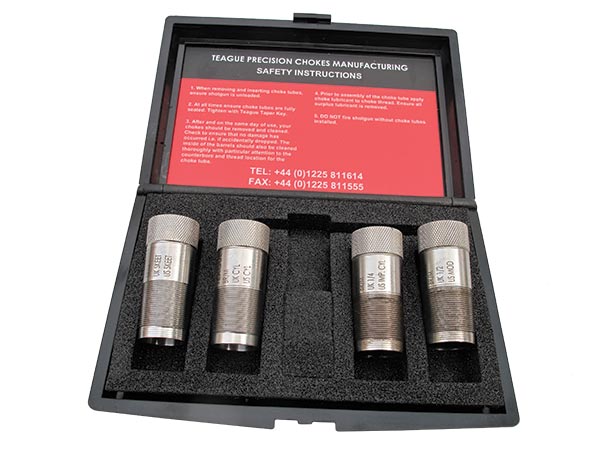
Choke basically describes a constriction of the last part of the bore before the muzzle, to various dimensions
Naturally enough other gunmakers wanted a slice of the action. Winchester came up with a much more compact type of interchangeable choke which they called ‘Winchoke’.
Prior to the Winchoke guns I, like most other Sporting shooters, had to carry two guns – usually a Skeet gun and a Trap gun. Initially there were no true Sporters as we recognise them today, but they were soon developed and offered by all the major brands and invariably fitted with multi-chokes. (Chokes for gameshooting and clays – what’s best?)
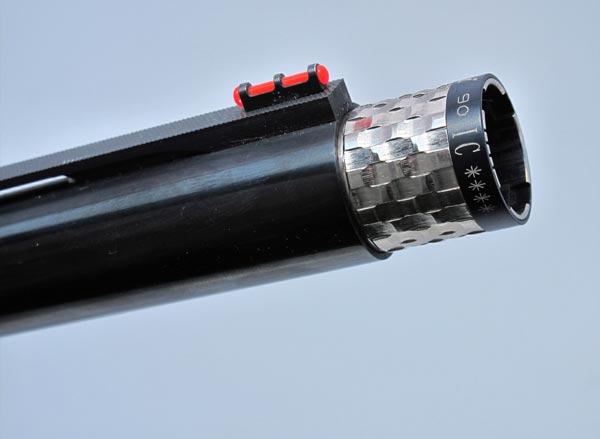
Barrel and choke configurations have changed in recent times
Choke basically describes a constriction of the last part of the bore before the muzzle, to various dimensions. This reduces the internal diameter by a fixed amount compared to the size of the bore concerned.
The latter point is important to understand, because a common error for newcomers is to buy a standard plug-type choke gauge to check their chokes with, and then ask questions on shooting forums as to why the marked sizes of their chokes do not match those on their gauge.
The simple answer is that the various standard increments are based on a system where each degree of choke (¼, ½ or ¾ etc.) is a fraction of what has been established as the maximum useful constriction, Full Choke, which is a 0.040” reduction in bore diameter.
It is therefore not a fixed bore size. A plug-type gauge can only relevant if each ‘step’ is the relevant reduction from the actual bore size of your gun.
However, the reduction in bore size is not the final arbiter that defines the degree of choke but more a useful indicator. What defines each increment is the percentage of the pellets in the shot load that will, on average, arrive in a 30-inch diameter circle at 40 yards.
These percentages were also arrived at when choke constriction was recognised and developed as a tool to improve shotgun performance.
Those gun making maestros who fine-tuned choke boring in shotgun barrels also set out a workable set of percentages that provided a very useful reference.
Customers could therefore select the degree of choke they deemed best for their type of shooting and have their gun ‘regulated’ so that it threw patterns of the relevant density, at a given distance, using the cartridges that would also be specified.
Clay shotgun choke: performance
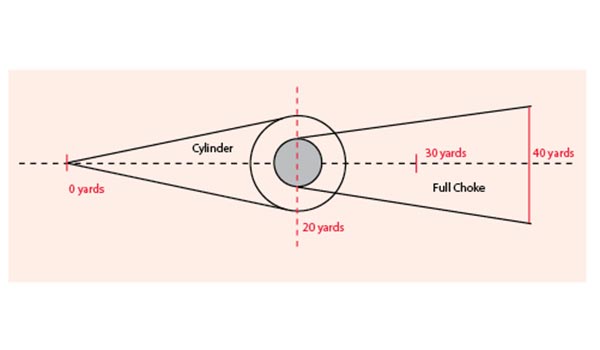
Diagram showing cones of shot spread at 20 yards. Pattern spread diameter is shown (shaded) within cylinder spread
Choke enables a shotgun to produce the most effective patterns for the task at hand, within the limits for which a shotgun is an appropriate tool – nothing more, nothing less. It is simply a means to give the shooter a more versatile and efficient gun.
It provides a more effective pattern at a variety of ranges: not too tight for close range and not too loose at longer range. The degrees of choke allow an efficient pattern to be achieved at every distance from close-in to maximum, making for greater versatility and effectiveness.
Choices
We know clay shooters like extra choice. With shot sizes this has lead to the introduction of the very useful and successful shot size of UK 7.5. Falling between No 7 and No 8 shot, it has become probably the best selling shot size in UK clay cartridges. As for chokes, those with an eye to using them to best advantage have been sufficiently vocal for after-market choke manufacturers to oblige.
Choke constrictions useful for clay shooting additions are Choke (Light Modified) and Choke (Light Improved Modified). The descriptions in brackets are the American designations. US shooters also refer to Half Choke as ‘Modified’ and ¾ Choke as ‘Improved Modified’.
We agree on the Cylinder and Full Choke designations, but not on ¼ Choke. American gun makers evidently became confused somewhere along the way. Most (but not all) US manufacturers choose to combine ¼ Choke and Improved Cylinder. Some also have a choke called ‘Skeet 1’. This is close to our Improved Cylinder, but read what the exit-bore size marked on the choke tube is to be sure.
| Name | Constriction | Pattern % in 30′ @20 yards | Pattern % in 30′ @30 yards | Pattern % in 30′ @40 yards |
| True Cylinder | Nil | 80% | 60% | 40% |
| Improved Cylinder | 0.005 | 92% | 72% | 50% |
| 1/4 Choke | 0.010 | 100% | 77% | 55% |
| Half Choke | 0.020 | 100% | 83% | 60% |
| 3/4 Choke | 0.030 | 100% | 91% | 65% |
| Full Choke | 0.040 | 100% | 100% | 70% |
It would require a book to describe and explain all the options and combinations of chokes and cartridges, but that isn’t necessary, especially at the outset of understanding how choke choice can improve your shooting. Those of the ‘I just put in ¼ and ½ for everything’ persuasion: fine!
If keeping it simple works for you that is your prerogative. Those who are keen to get those extra five per cent or so targets on their cards may choose to do a little more research and, most essentially, some experimentation. Nothing reveals exactly what your patterns look like quite like the pattern plate, should you have access to one.
Be aware that the cartridge you choose will affect the pattern produced. Some budget loads can open a pattern at least one whole choke degree and, conversely, a premium grade cartridge can tighten it by at least as much. Indeed, this principle was used for the in-between ranges when there were no multi-choke guns.
Notice how the first small increments of choke offer the greatest improvement in pattern density, while the tightest chokes give the highest pattern densities at long range but also the greatest loss of pattern coverage at closer range.
For example: True Cylinder gives a pattern diameter of around 32” at 20 yards, while Full Choke’s spread has about a 16” diameter at the same range – only half the size. Perhaps that helps put in perspective why Full Choke may be okay for the Richard Faulds and George Digweeds of this world, but not for the rest of us: we may benefit from allowing ourselves a bit more leeway for error. And that, my friends, is where choosing the appropriate choke comes in.

